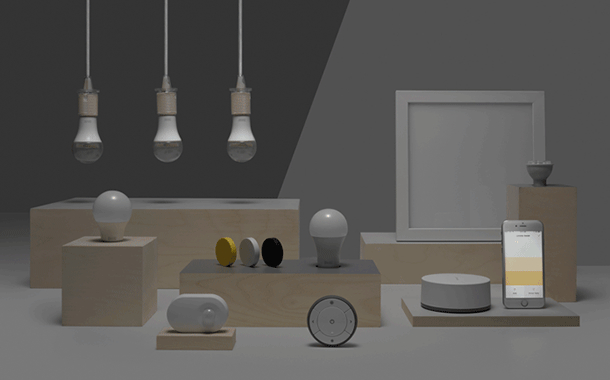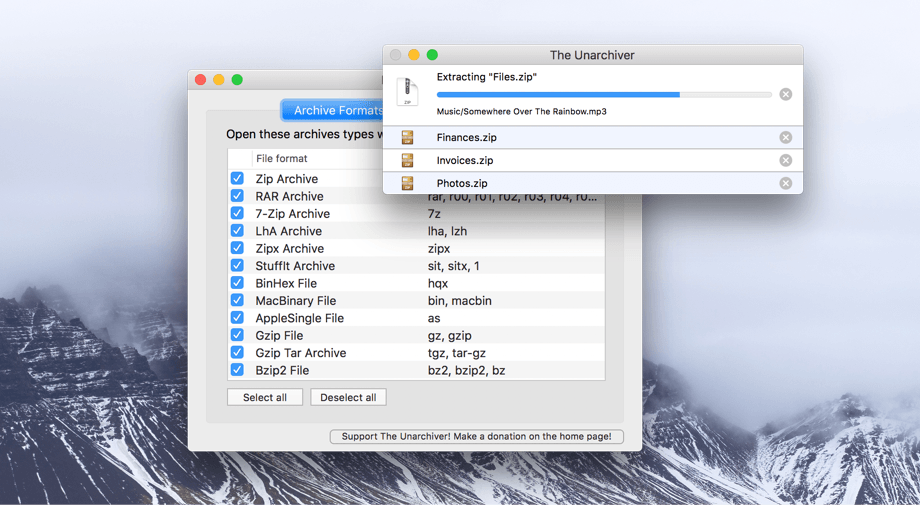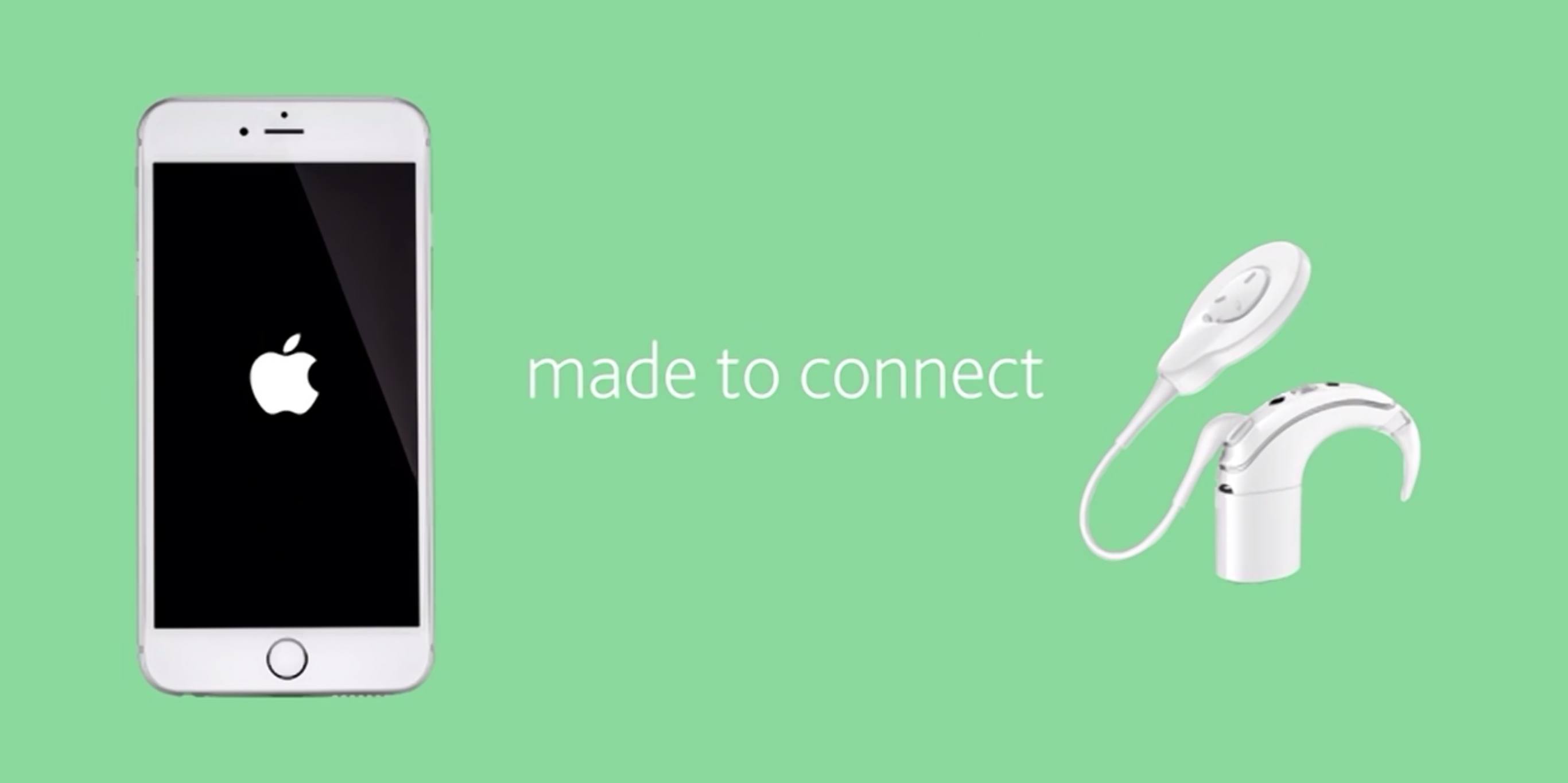MacRumors reports that IKEA has updated its Trådfri smart lighting system to support Apple’s HomeKit API. The product includes a gateway that requires an Ethernet network connection, remote controls, and LED lightbulbs that can be mixed and matched in different configurations at prices that are lower than many competing systems. Each gateway can control up to 10 lightbulbs with one of IKEA’s remotes or a free app available on the App Store.
In May, IKEA promised HomeKit support would be added to Trådfri later in the year. In a response to a customer inquiry on Facebook, IKEA confirmed that HomeKit support has been added to the latest version of the Trådfri gateway firmware. HomeKit support is also now listed on the Trådfri product page along with Amazon Echo and Google Home support. Existing Trådfri owners can take advantage of HomeKit support by upgrading their gateways to the latest firmware version.
According to MacRumors, Trådfri also works with Philips’ Hue system, though that support is not currently listed on IKEA’s product page.
Update: According to MacRumors, which has updated its post, IKEA has issued a clarification on its Swedish Facebook page that the Trådfri lighting system does not yet support HomeKit, the Amazon Echo, or Google Home.
There has been information going out today about the compatibility of TRÅDFRI. We can now inform you that TRÅDFRI is not yet compatible with Apple, Amazon and Google. The plan is that everything will work as we’d like this fall. We are very sorry for the confusion!






